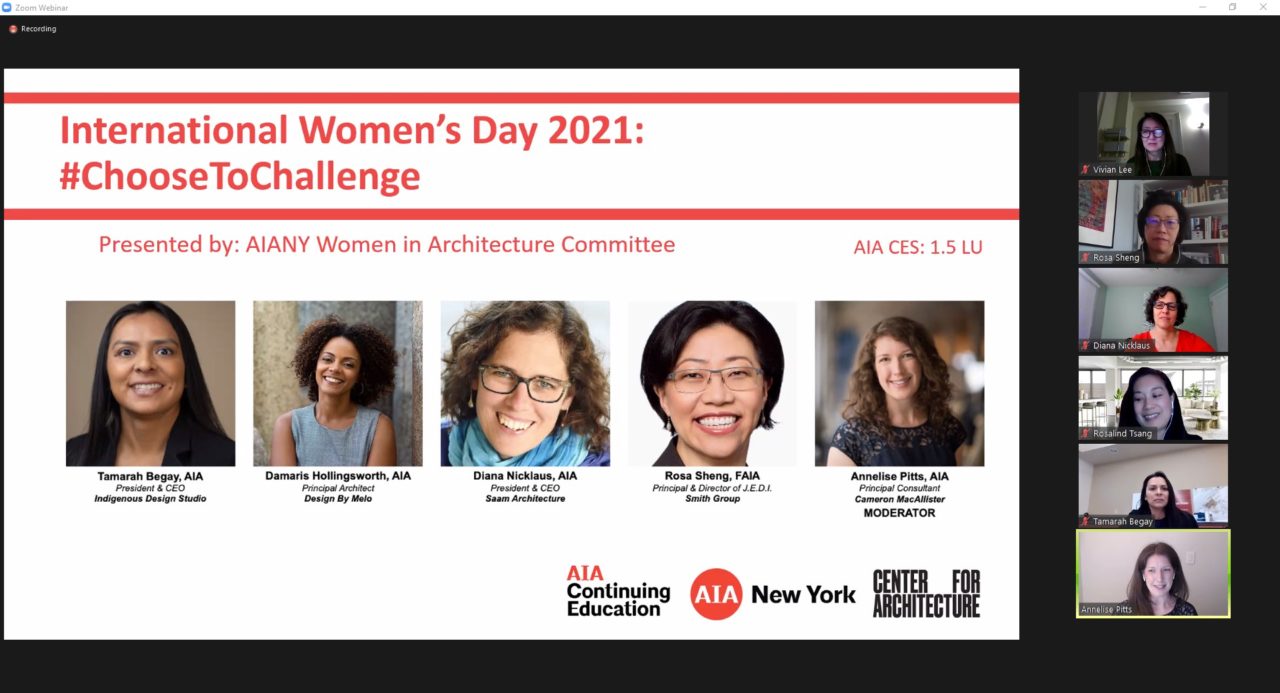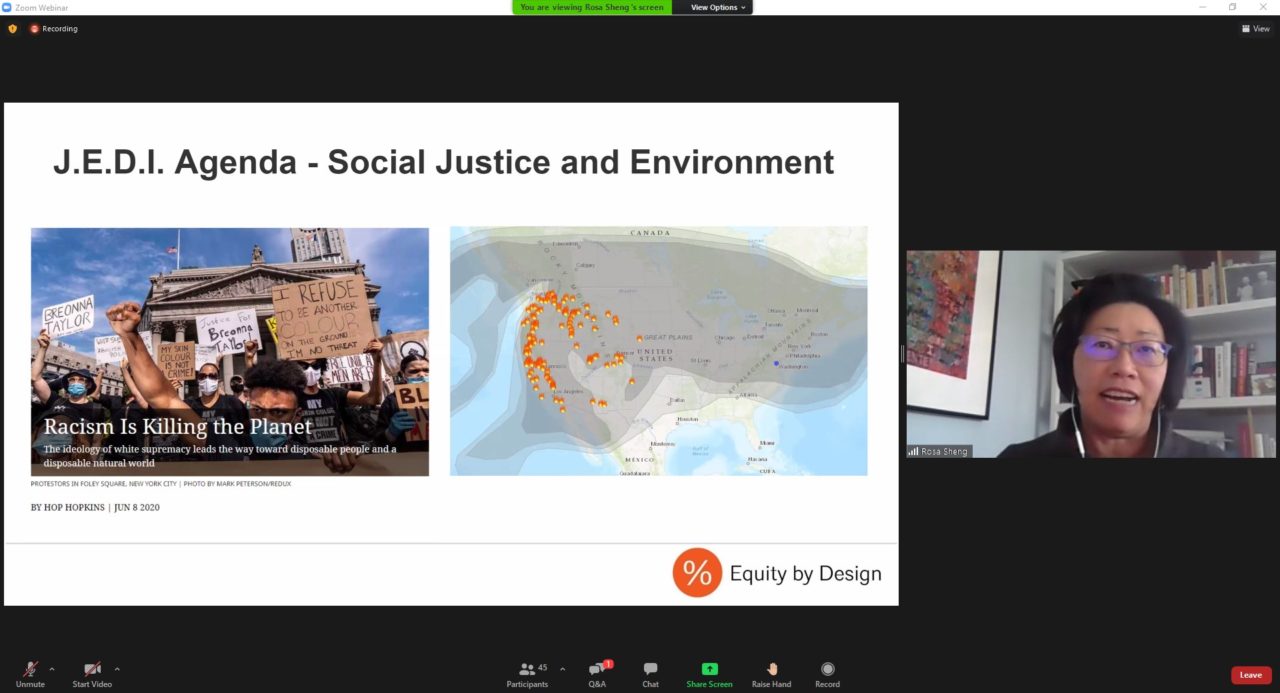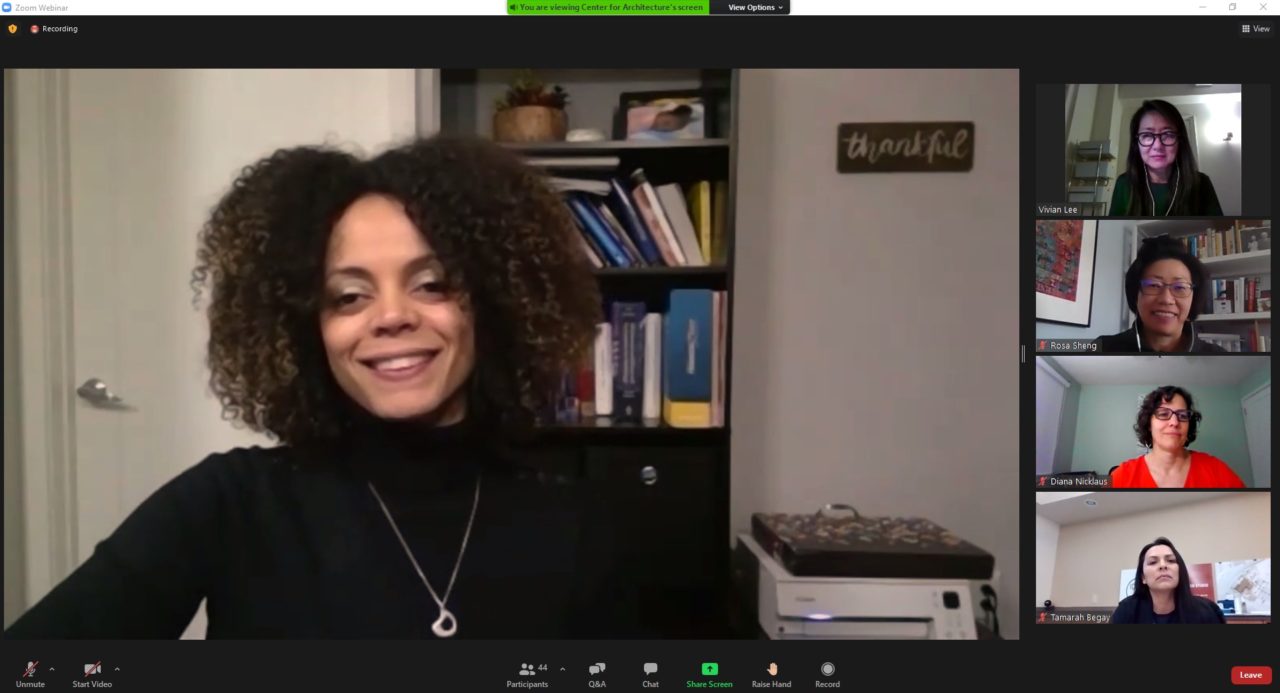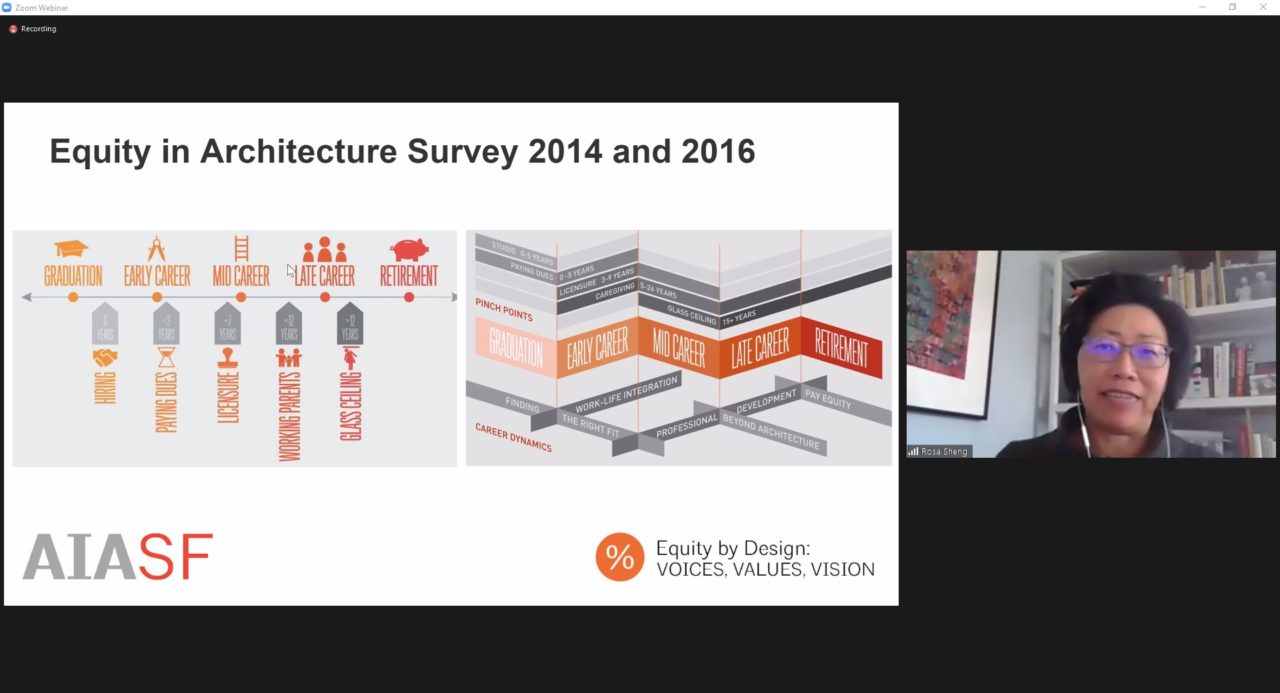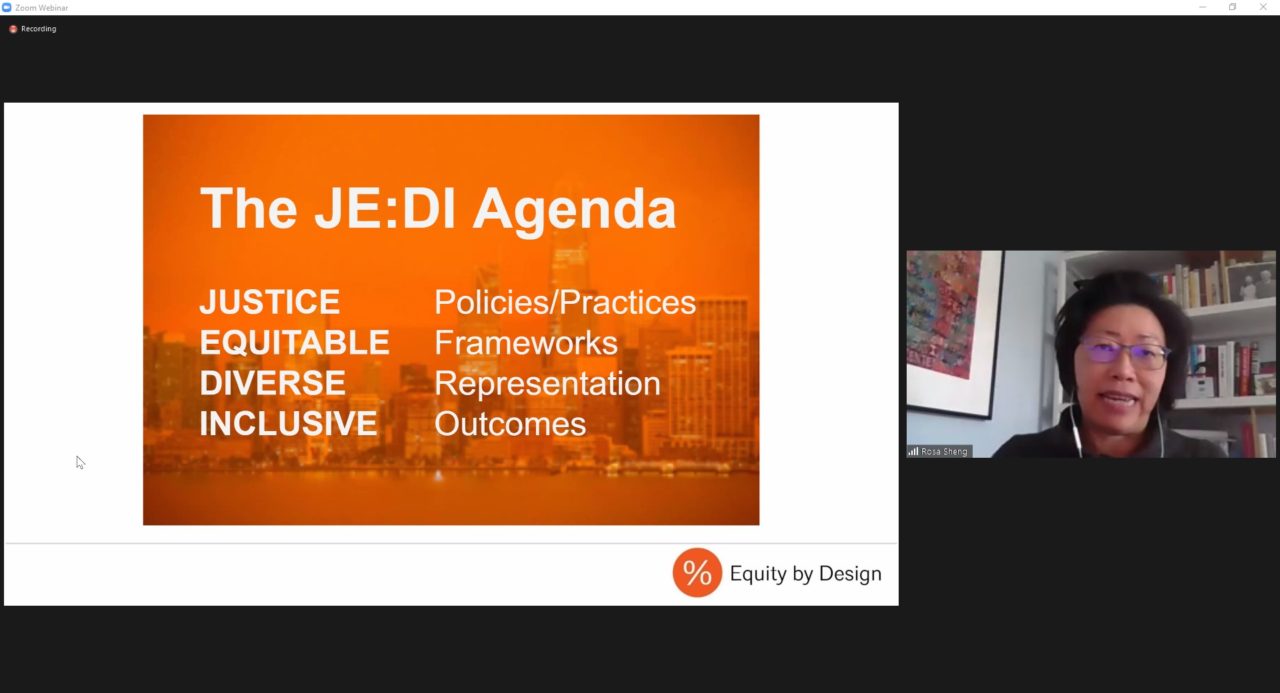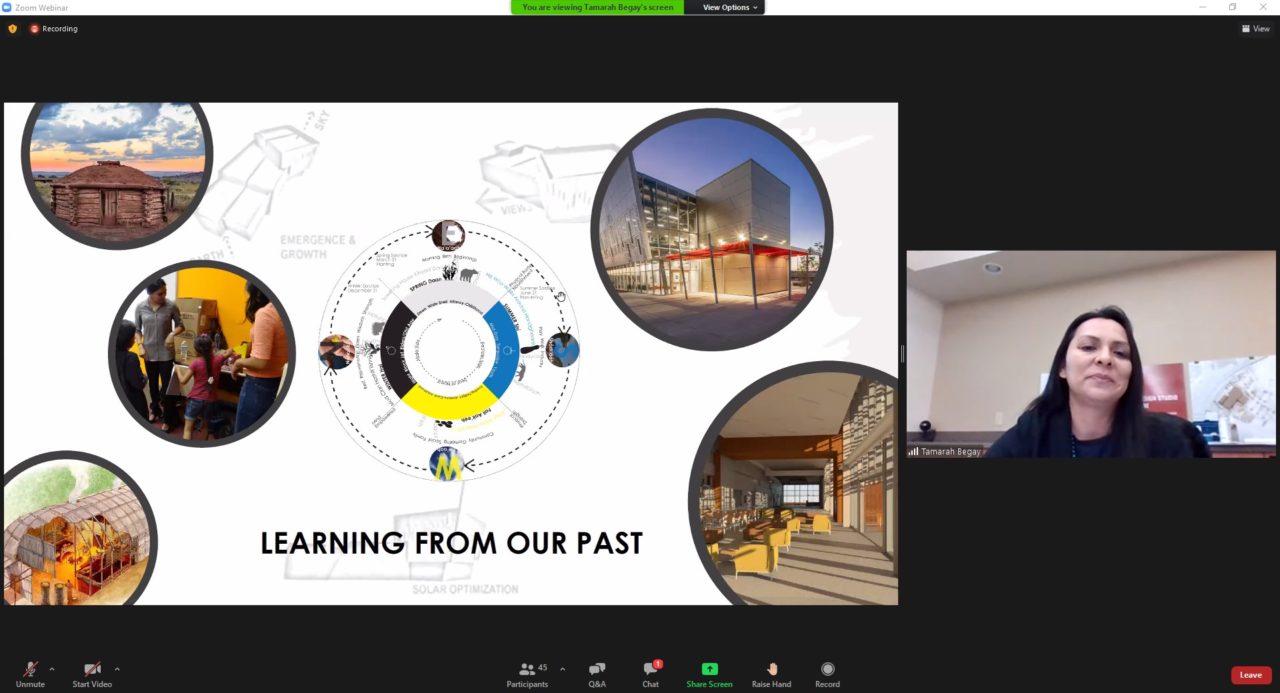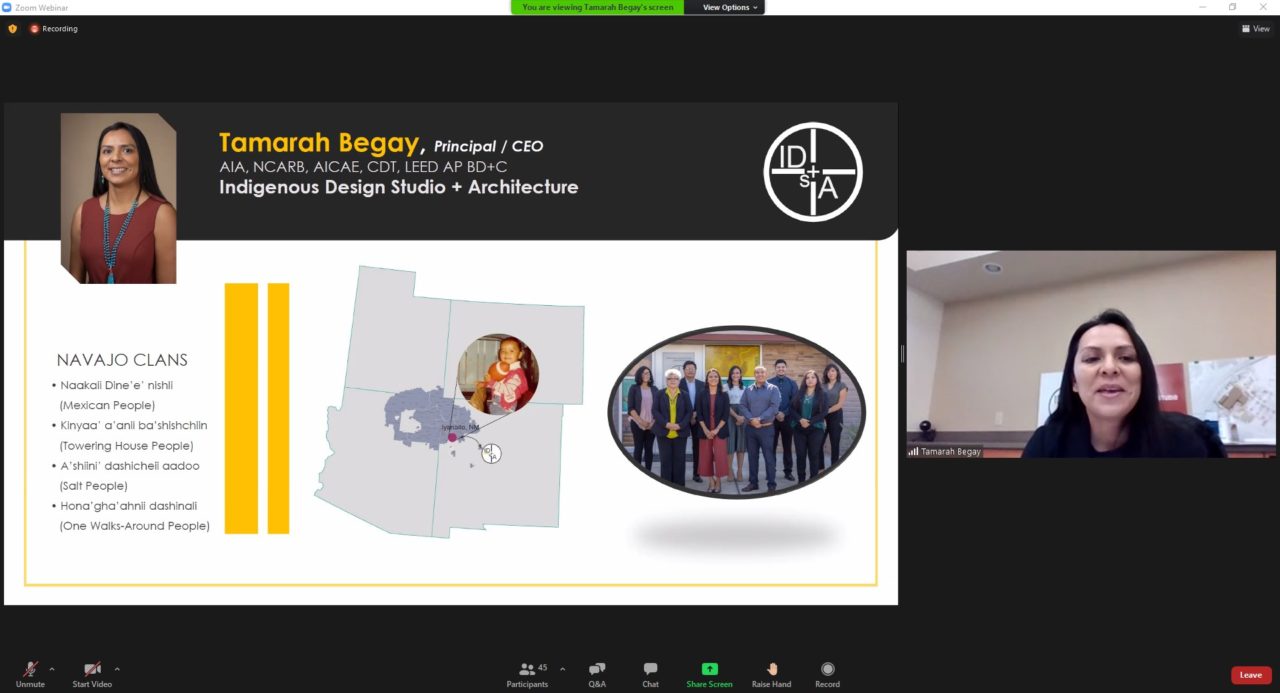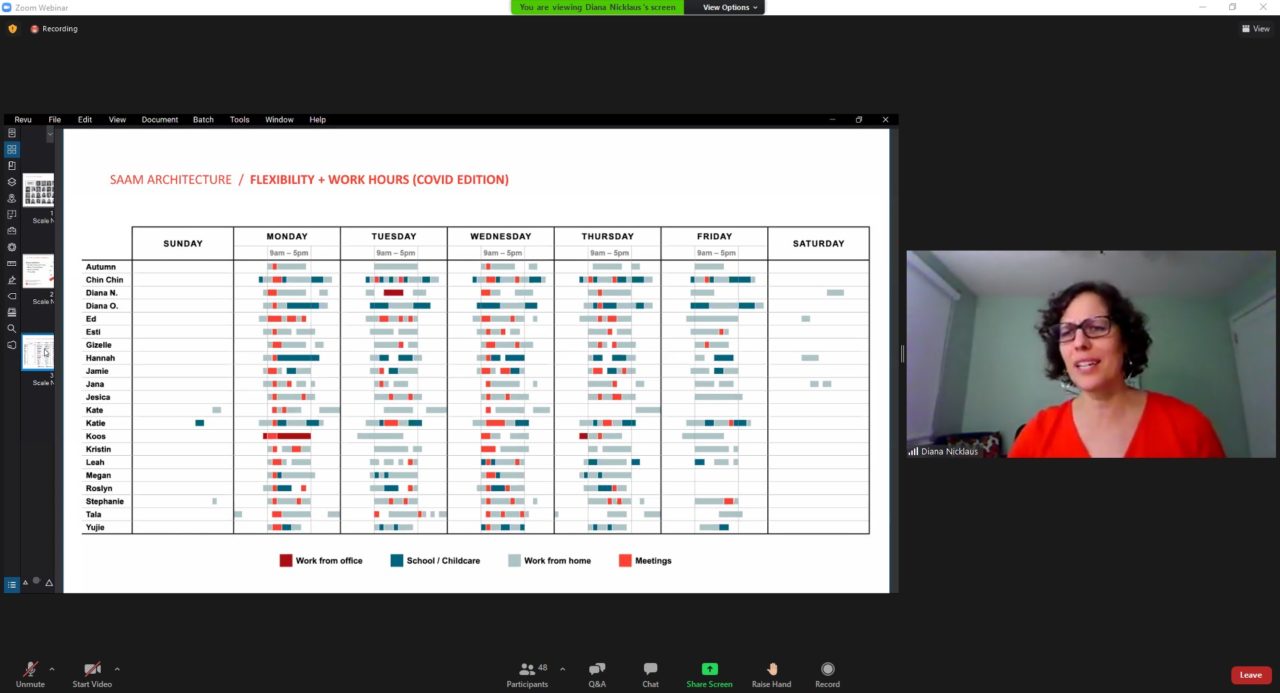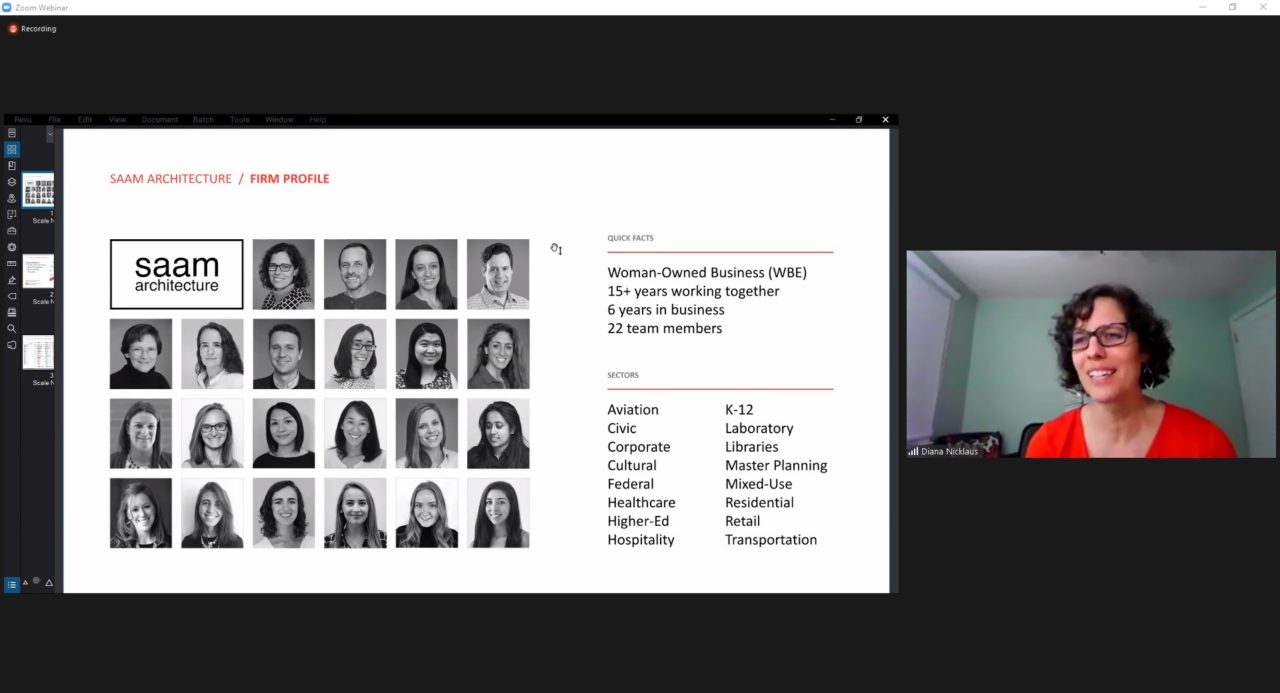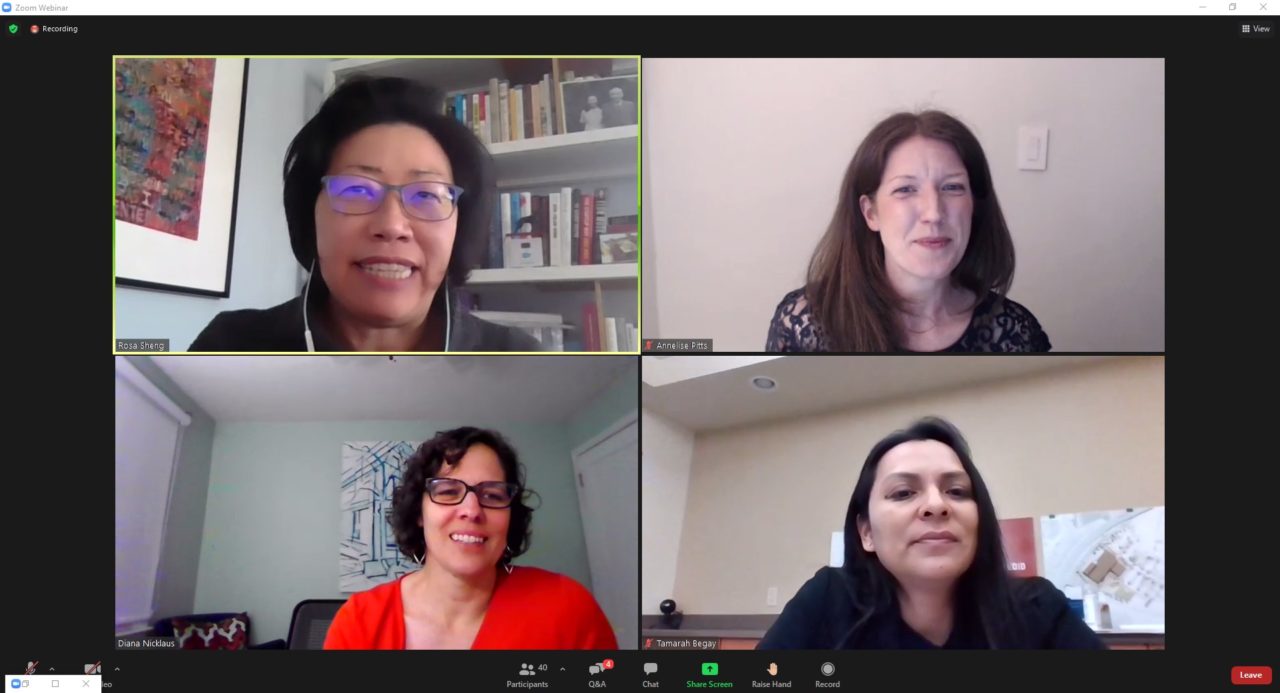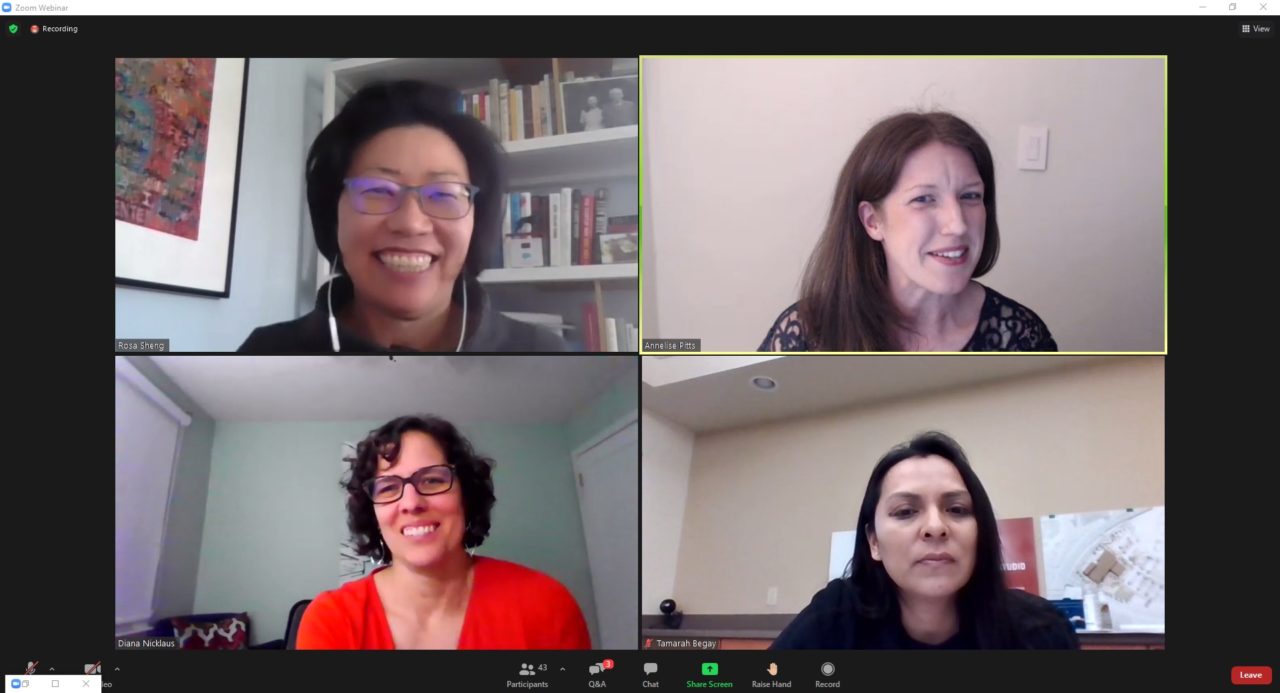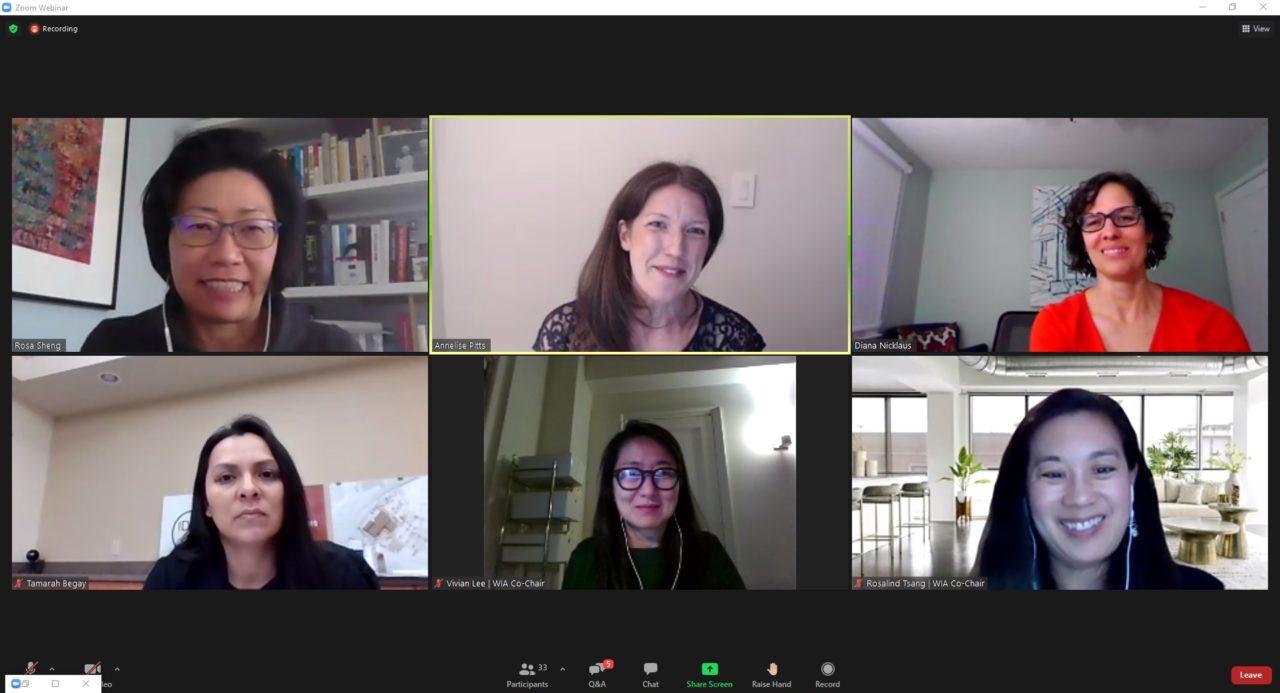-
March 17, 2021International Women’s Day 2021: #ChooseToChallenge
![Screenshot 2021 03 11 Select (1)]()
![Screenshot 2021 03 11 Select (5)]()
![Screenshot 2021 03 11 Select (11)]()
![Screenshot 2021 03 11 Select (2)]()
![Screenshot 2021 03 11 Select (10)]()
![Screenshot 2021 03 11 Select (9)]()
![Screenshot 2021 03 11 Select (8)]()
![Screenshot 2021 03 11 Select (7)]()
![Screenshot 2021 03 11 Select (6)]()
![Screenshot 2021 03 11 Select (4)]()
![Screenshot 2021 03 11 Select (13)]()
![Screenshot 2021 03 11 Select (12)]()
![Screenshot 2021 03 11 Select (14)]()
In line with the theme for International Women’s Day 2021, the AIANY WIA Committee kicked off Women’s History Month by hosting a panel with inspiring women architects who ‘Choose to Challenge’ the status quo. Four speakers shed light on issues of sponsorship, mentorship, self-care, work life navigation and flexibility, cultural competency, traditional firm and client structures, professional advocacy and championing a J.E.D.I. paradigm shift within the AEC community. Event moderator, Annelise Pitts, AIA, Principal Consultant, Cameron MacAllister Group, did a wonderful job guiding the conversation, asking tough, provocative and highly relevant questions. Each of our speakers provided unique insights into how one can begin to address and frame the deep structural injustices that surround us.
Our speakers included Tamarah Begay, AIA, President & CEO, Indigenous Design Studio, Damaris Hollingsworth, AIA, Principal Architect, Design by Melo, Diana Nicklaus, AIA, President & CEO, saam Architecture and Rosa Sheng, FAIA, Principal & Director of J.E.D.I., Smith Group. Tamarah Begay, AIA, is a member of the Navajo Nation and the first Navajo woman registered architect. With over 15 years of experience working in Native American tribes connecting culture, language and tradition through design, Tamarah shared a fundamentally different design approach for and with indigenous communities, and the ways that she is challenging preconceptions and prejudice. Damaris Hollingsworth, AIA, reminded us of the importance of seeking out mentors, partners and advocates that work with you and advocate for your work. Supporting future generations of BIPOC women architects is a responsibility she undertakes seriously, as a way to keep the pipeline into our profession accessible and equitable. Diana Nicklaus, AIA, emphasized that making a good business case for equity is key while implementing radical, moral change to make a lasting impact. Rosa Sheng, FAIA, shared important takeaways from the J.E.D.I. agenda, forecasting change as a result of working toward social justice.
From challenge comes change—and we thank our speakers for motivating us to choose to challenge, for their tireless advocacy around issues of J.E.D.I. in the architectural profession, for elevating underrepresented groups and for calling us all to action. We are grateful that our speakers also took the time to share their answers to questions, some of which were addressed during the event, for the benefit of those that could not attend. Their responses are recorded below:
Hello, thank you panelists for the wonderful presentations. As a new young emerging professional, I am still learning about the field and trying to map my own path. What advice would you give for us to engage in the profession, and specifically in pursuing our own passions that may not be “conventional”?
Diana: Ask lots of questions, and don’t always take no for an answer. I did the Harvard GSD summer program (Career Discovery) in undergrad, and was told I should not be an architect. Then, I did not get admitted to any of the three graduate architecture programs to which I applied. I was able to enter University of Texas, however, through their Preservation program—but never took a class in Preservation, and joined the M. Arch. program my second semester. There are always alternate routes to explore!
To Diana, how does the flexible scheduling & other systems of support you put in place help your design process? Do you think this model could be replicated at larger firms?
Diana: The flexible scheduling and other systems of support are there to help our team. As such, the team is better able to contribute—both in terms of time/energy/focus, as well as having a voice in the design process. We do not have a single design process. Rather, each design team approaches it based on the project requirements.
I think the question of performance can be lost in the conversation of pay equity. I see a lot of my female peers out performing others, so in some ways, achieving pay equality in terms of years or title on paper isn’t REAL equity in regards to actual performance. How do you include that kind of nuance in the conversation?
Annelise: I strongly agree that pay equality or parity (equal pay for equal work/credentials/experience) and pay equity (equal pay of work of equal value) are fundamentally different. The challenge, then, becomes determining what constitutes “work of equal value” within an organization, which, in turn, means clarifying what behaviors and contributions are valuable and therefore rewarded within an individual organization. One way to do this is by creating a pay philosophy, which describes a firm’s approach to pay, and then using that philosophy as a jumping off point to clearly articulate the processes that will be used to determine pay going forward. There’s a great description of this methodology in the Compensation chapter of the AIA Guides for Equitable Practice. Then, of course, the challenge is ensuring that the procedures and criteria that are used to evaluate “work of equal value” don’t have inherent biases that result in pay disparities on the basis of personal identity.
Thank you all for your presentations. Fantastic! What’s the best way to receive a copy of the “antiracism development continuum” Rosa shared in her slides? Or is this generally available online?
Continuum on Becoming an Anti-Racist Multicultural Organization
We thank our audience members and supporters for tuning in, asking thoughtful questions and engaging with this excellent panel. We hope you will join us at our next event!
Women in Architecture
The Women in Architecture (WIA) Committee is dedicated to cultivating and advancing women leaders within the architecture profession. Its initiatives center on mentorship, licensure, and networking opportunities in architecture and the allied design and building industries. WIA’s mission is to foster the promotion and elevation of women to leadership roles, guided by four key pillars: Design & Leadership, Professional Practice & Development, Workplace Culture, and Advocacy & Activism.








